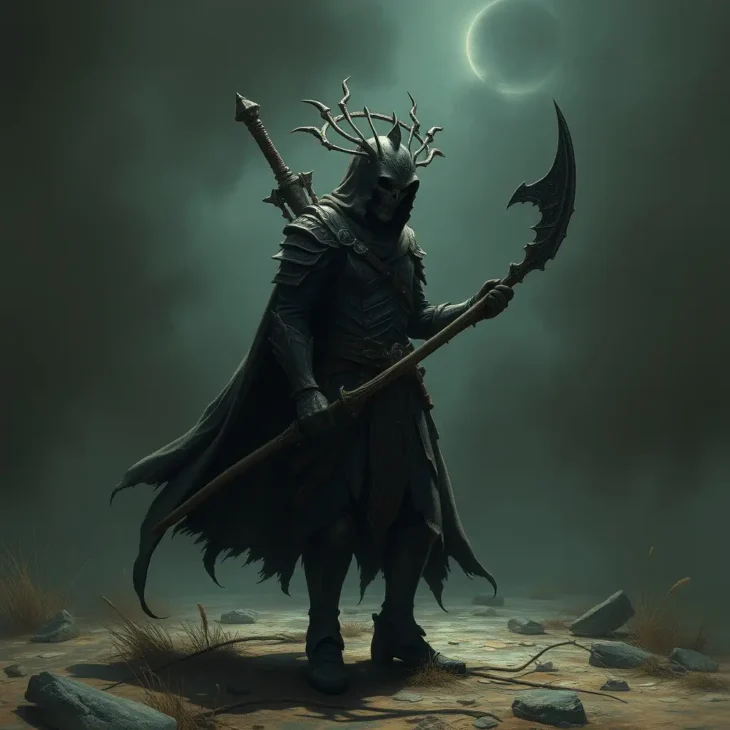The Wailing: A Deep Dive into Fear and Uncertainty

An Ensnaring Beginning
From the very first frames, “The Wailing” ensnares its audience with a creeping sense of dread. This South Korean horror film directed by Na Hong-jin isn’t just another story of the supernatural—it’s an intricately woven tapestry of doubt, suspense, and ambiguity. The storytelling method, peppered with red herrings and subtle clues, keeps viewers constantly on edge, questioning everything they see.
Reinventing the Nightmare Sequence
One of the most overused horror tropes is the nightmare sequence. Most films use it as a cheap trick to elicit momentary fright without impacting the plot. But “The Wailing” breathes new life into this device. When we first encounter a dream sequence, we don’t even realize it’s happening. Jong-goo, the film’s protagonist, wakes up, and though it’s clear he had a nightmare, the details are hidden from us. Was the scene before his awakening the dream? Or did the dream occur offscreen? This ambiguity fuels the tension, leaving us uncertain of what’s real.
A Masterclass in Ambiguity
The opening 15 minutes of “The Wailing” set this tone perfectly. We meet a mysterious figure, the Japanese Man, who later becomes central to the story. Yet, at this point, we know nothing about him. As the film transitions from a murder scene to strange encounters with this elusive character, we’re given no clear explanation. The sequence piles on questions without offering answers, forcing the audience to piece together a puzzle without knowing what the final picture is supposed to look like. This intentional vagueness is key to the film’s terror.
The Ritual Scene: Misdirection at Its Finest
One standout moment in “The Wailing” is a ritual scene where Na Hong-jin uses cross-cutting to perfection. Cutting between three pivotal characters – Il-gwang, a shaman; the Japanese Man; and Hyo-jin, Jong-goo’s daughter – the scene is frantic and terrifying. Only later do we realize its full implications. Na Hong-jin uses editing to trick the audience, suggesting that Il-gwang is a force for good, casting the Japanese Man as the villain. The truth is far more complicated, revealing a sinister collaboration. This constant misdirection makes “The Wailing” so effective.
The Final Act: A Gut Punch
As “The Wailing” nears its three-hour runtime, Na Hong-jin shifts from subtle psychological horror to grand confrontations, yet retains ambiguity. The final act delivers a powerful gut punch, revealing the extent of manipulation and deception. Cross-cutting is employed with precision, guiding us toward an inevitable, shocking conclusion. Each edit misleads us while holding up to scrutiny on a second viewing.
“The Wailing” is nothing short of remarkable. It unsettles by playing with our perception of reality, leaving us questioning every scene, every character, and even our ability to discern truth from fiction. Ultimately, it’s a meditation on the power of ambiguity. Long after the credits roll, we wonder—was it all real, or were we just dreaming along with the characters?





